Here's how Magic Leap One AR glasses will fit on your head
This headset actually turned on
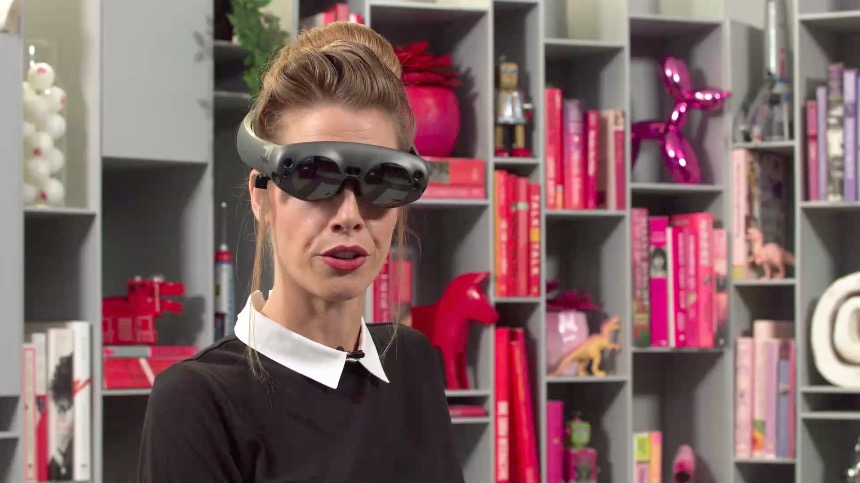
Magic Leap One, the futuristic augmented reality (AR) glasses, were shown off in a detailed live look today, giving us a better idea of how the gadget will fit on our heads and function as we experience mixed reality environments.
Magic Leap hosted a Twitch livestream on Wednesday to give developers more information on how to create content for the brand-new platform. While full of helpful creator tips, the livestream most intrigued viewers because it provided a detailed look at the AR glasses.
And yes, the device on display actually turned on, as evidenced by the blue LED indicator light on the glasses.
Update: We've finally had the chance to try the first Magic Leap headset for ourselves. Do head over to the start of our Magic Leap One review to see what we made of the high-end AR technology.

The presenters ran through each of the Magic Leap One's three components: the glasses, clip-on power pack, and controller.
To put on the glasses, called Lightwear, you first pull on the back of the device to expand the band. You then slip on the glasses, and push the band back together to lock it into place.
Magic Leap says you can personalize how the glasses fit on your head, and note that the way Magic Leap One is pitched at the back helps with weight distribution, making the glasses feel lighter than expected.
Sign up for breaking news, reviews, opinion, top tech deals, and more.
Most VR and AR headsets feel heavy on the face, so hopefully Magic Leap has cut some of the weight down to make its glasses more comfortable to wear for longer periods of time.
Take a closer look at how Magic Leap One fits on your head
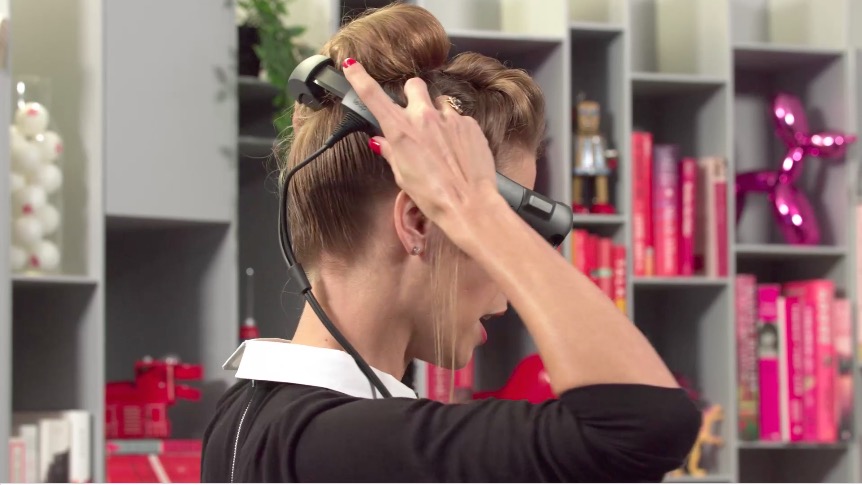

More Magic Leap One details
Today's presentation served as a thorough rundown of Magic Leap One, though it still didn't show a live demonstration of the glasses in action.
We learned that Magic Leap One features eye tracking. This means the headset will know where you're looking, and gaze input is just one way you'll be able to control Magic Leap One.
Other input methods include the 6DoF controller, head posing, gesture controls and voice commands. The controller features haptic feedback, and shares a design similar to that of the controller for the Samsung Gear VR, Oculus Go and Google Daydream View.
The glasses also feature two interchangeable components, namely the brow band along the forehead and the nose clip.
Magic Leap says it doesn't recommend wearing actual glasses with the Magic Leap One, though the company is working with a partner to develop prescription lenses.
The device will be available in two sizes: standard and large.
More Magic Leap One photos in the gallery below!

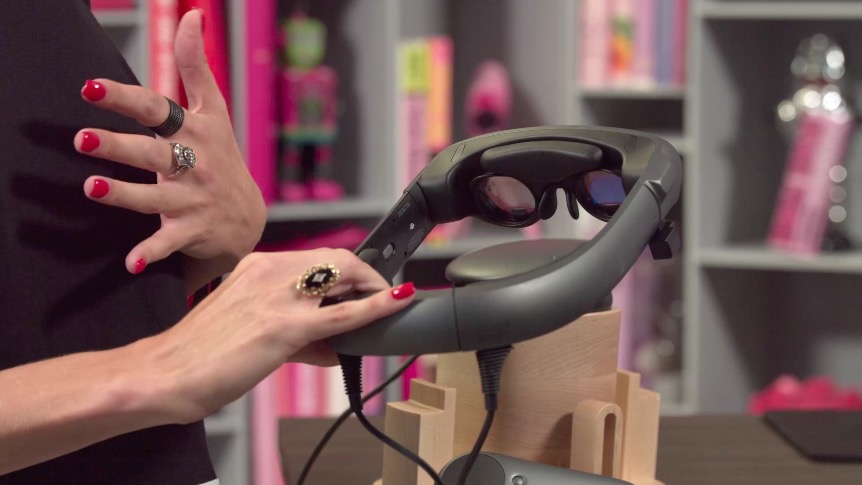



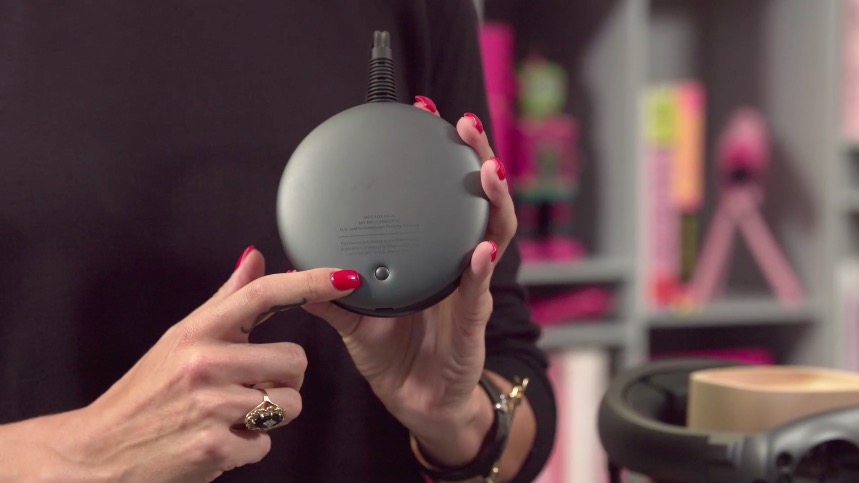
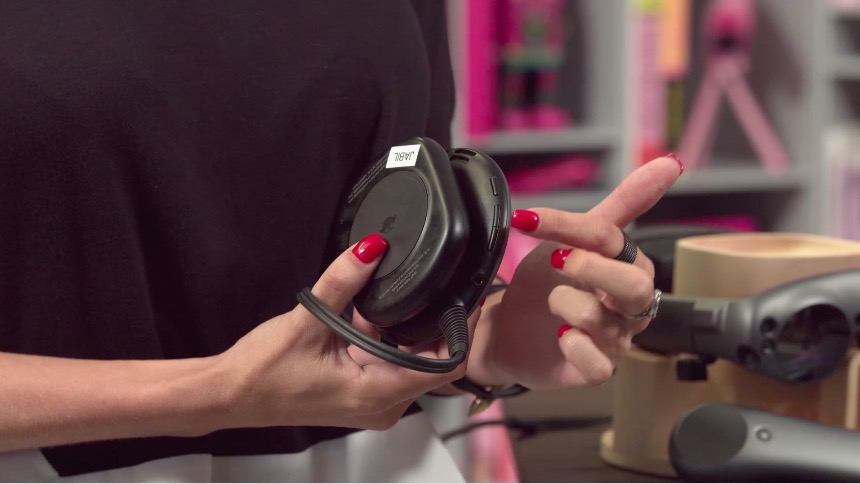

Like the Oculus Go standalone headset, Magic Leap One features built-in audio with speakers in the headband. Mics along the outside of the glasses pick up voice commands.
The glasses have a world camera that takes photos and video of whatever is happening around you; Magic Leap said the LED light will indicate when recording is in progress, so others know you're filming.
As for what powers the Magic Leap One, it's all in the Lightpack that slips into your front or back pocket – you literally turn on the glasses through the Lightpack.
If you're worried the disc will slip out of your pocket during play, Magic Leap will offer an optional strap that loops into the Lightpack for additional security.
Bucking the trend of most popular smartphones these days, the Lightpack features an auxiliary jack so you can plug in headphones. Go figure.
Of note, Magic Leap said it's important not to shove the Lightpack too deeply into your pocket because the disc actually sucks in air from the environment to cool it down. The idea is to keep the system from overheating, though how hot the puck gets in your pocket is a bit of a concern for us.
As for battery life, we got the generic answer that the more intensely you use the headset, the shorter the battery life, though again no specifics were mentioned.
Magic Leap is staying mum on specifics for specs and price, but did note it's on track to meet its 2018 release date.
More magic in the real world
Again, Magic Leap didn't show its AR glasses in action, but it did detail how we'll use the device, at least somewhat.
The biggest thing, which we already knew, is that Magic Leap One supports local multiplayer. This means that if you're wearing one pair of the AR glasses and someone else is wearing another pair, you can both see and interact with the same digital scene taking place in front of you.
As Magic Leap says, the glasses are designed to bring people back together, not isolate them by sharing content on tiny rectangular screens on their phones.
Interestingly, Apple announced this week that its updated ARKit 2 supports multiplayer, though through the iPhone and iPad.
Magic Leap also says that the first pair of glasses it puts on the market are designed for indoor use (you'll need your home's Wi-Fi to stay connected), but it is looking into outdoor use for devices down the road.
You'll be able to access Magic Leap One apps and games via the Magic Leap World storefront, which serves as the headset's app store.
Today's presentation wasn't a full course Magic Leap One meal, but it offered enough tantalizing bits to keep us excited for the AR glasses. The company is hosting another developer Twitch livestream next month, where we'll learn more about the device, and possibly, hopefully, see it in action.
- VR more your thing? Check out the best VR headsets of 2018!

Michelle was previously a news editor at TechRadar, leading consumer tech news and reviews. Michelle is now a Content Strategist at Facebook. A versatile, highly effective content writer and skilled editor with a keen eye for detail, Michelle is a collaborative problem solver and covered everything from smartwatches and microprocessors to VR and self-driving cars.